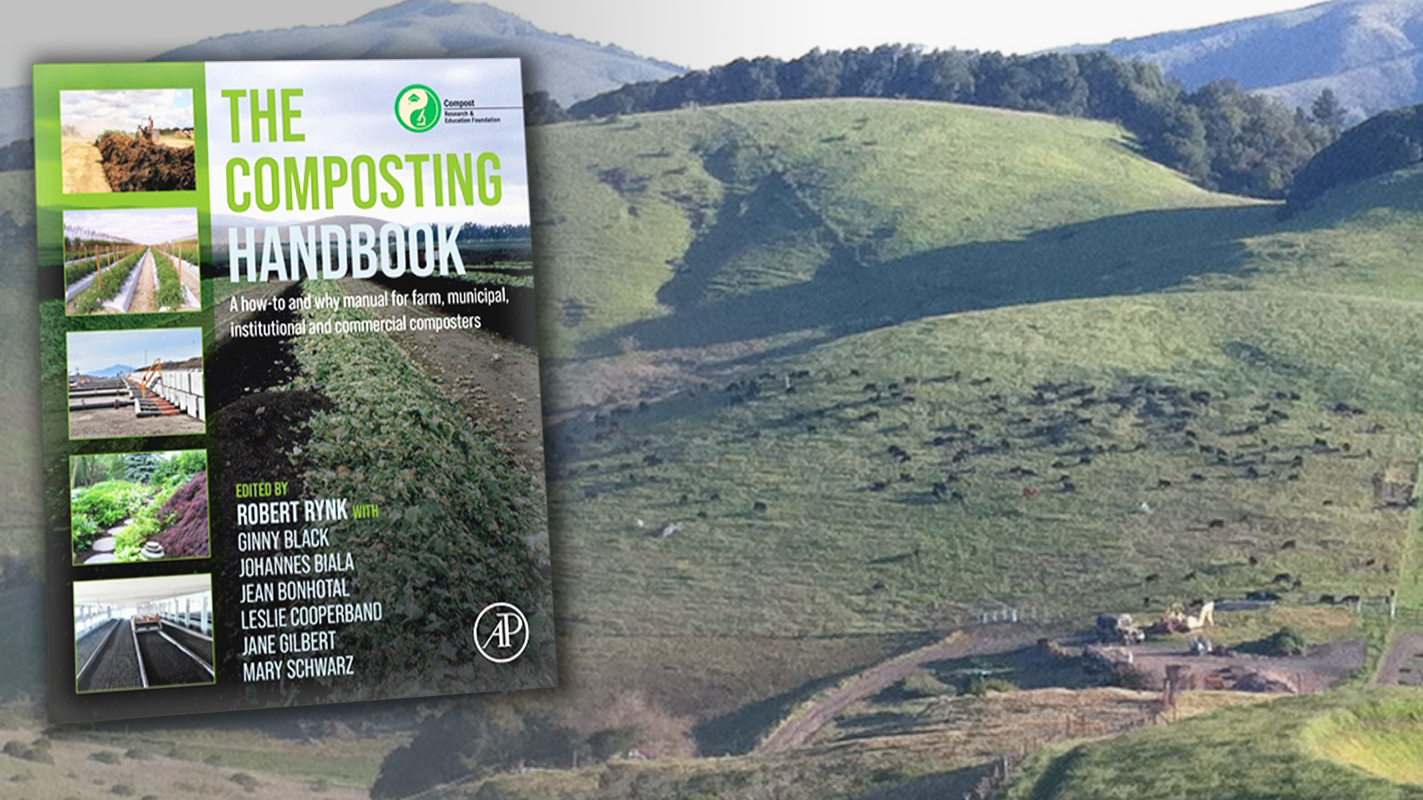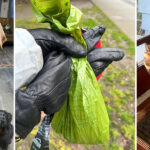A collaboration with the Compost Research & Education Foundation (CREF) and the publisher Elsevier has resulted in the recently published book, The Composting Handbook. The much-expanded sequel to the On-Farm Composting Handbook (published in 1992) is available in both paperback and electronic versions, and is billed by CREF as the “authoritative, all-in-one guide to composting principles and practices for commercial-scale composting.” Robert Rynk — who also edited the 1992 edition — is the lead editor and was assisted by Ginny Black, Johannes Biala, Jean Bonhotal, Leslie Cooperband, Jane Gilbert, and Mary Schwarz.
The Composting Handbook is a hefty 1,002 pages and is written by a diverse group of authors with broad-ranging backgrounds, from academic scientists to compost producers and users. It expands on previously available resources by incorporating new information, new subjects and new practices, drawing its content from current scientific principles, research, engineering and industry experience. Topics include the composting process, methods of composting, equipment, site requirements, environmental issues and impacts, business knowledge, safety, and the qualities, uses and markets for the compost products and more. Chapters cover enterprise planning, feedstocks, animal mortality composting, site planning and development, odor management and community relations, marketing and sales, and compost use for disease suppression. The Handbooks can be ordered on the CREF website.














